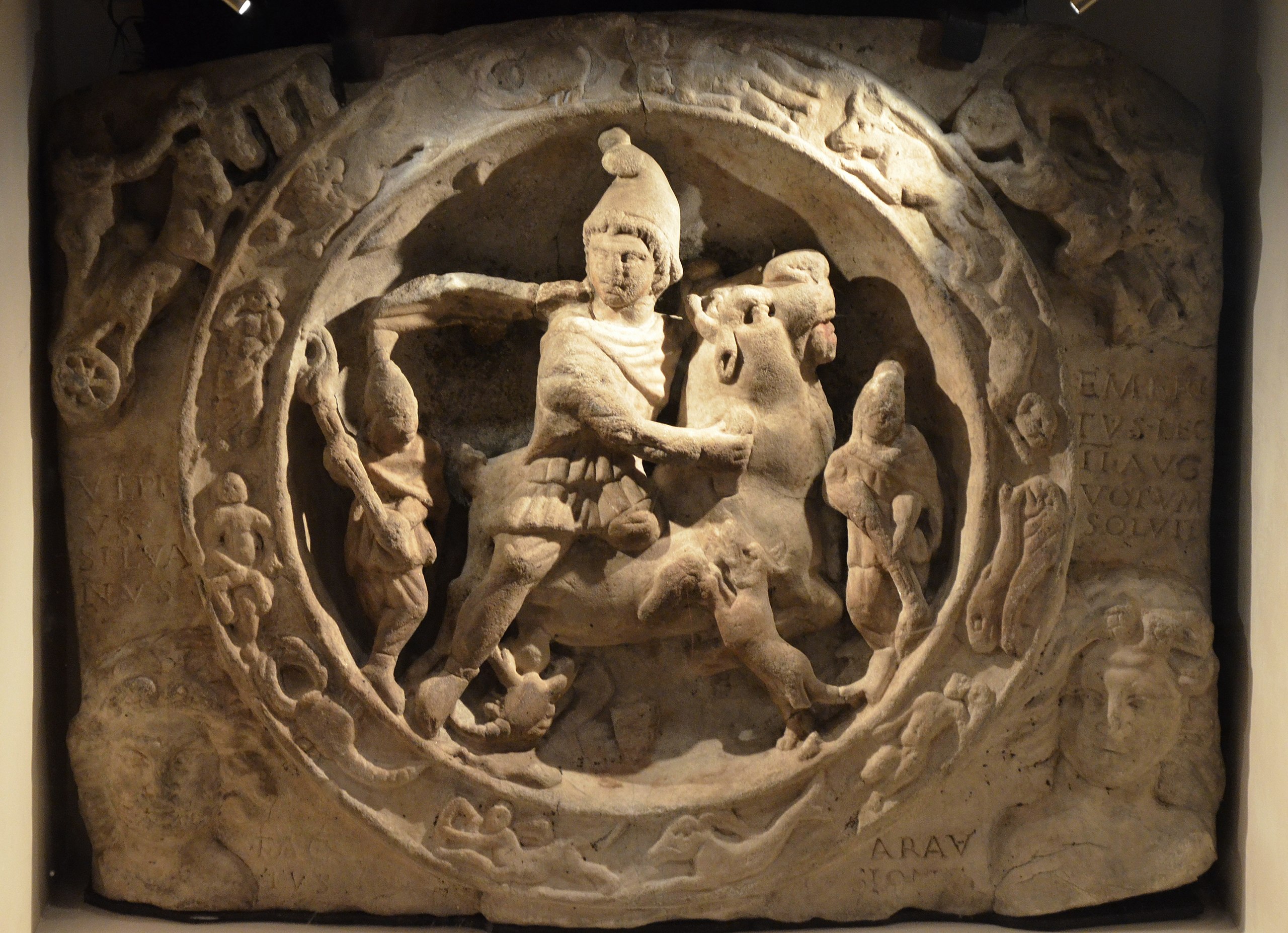Researchers publishing in the journal Science Bulletin may have found the oldest evidence of parietal art—immobile artwork commonly attributed to cave art—on the planet: 200,000-year-old handprints on what used to be mud inside a “fossil” hot spring near the village of Quesang, a settlement some 80 km (50 mi) west of Lhasa, in Tibet. Given the size of the handprints seen, the researchers suspect that it was made by children who lived during the middle Pleistocene in what is now the Tibetan Plateau.

The handprints, together with five symmetrical footprints, were discovered on a tributary of the Xiong Qu River. The prints appear to have been left on a type of “mud” known as soft travertine, which is a type of limestone released by hot springs through the water it spouts. As the hot spring that sourced these limestone is long gone, the travertine has been left to time to lithify and harden, preserving the traces of both handprints and footprints.
In general, the team took the fact that handprints were left behind as a clue to the age of the individuals that left it—partly due to the fact that handprints are pretty rare to be left behind as fossilized prints, according to the research team. Given the patterns seen on the piece of stone, the research team seems confident that there were two individuals involved in making the markings; the sizes of the prints, on the other hand, point to the two being children. Estimates by the team point to the child who made the footprints to be around 7 years old, while the individual who left the handprints was a bit older at 12 years old.
Co-author Thomas Urban, from Cornell University, questions the purpose of their findings. As he pointed out, these markings were not “accidentally placed,” and that “there’s [no] utilitarian explanation for these. Instead, he said, they thought of their findings as “an artistic behavior, [and] a creative behavior—something distinctly human.”
Several questions remain about their findings, however. For one, the question of whether or not these handprints count as art are up in the air. The current oldest clear evidence of parietal art belongs to cave artworks in Sulawesi, which date to as early as 43,900 years ago. These ancient artworks also made use of hand motifs. (These artworks, however, are in danger of vanishing due to human-induced climate change.) Should these handprints be considered as art, it would push back the record more than 150,000 years.
Another question to consider is the identity of the species of hominid that made these prints. Previous findings in nearby areas reveal skeletons that were identified to be among the Denisovans, who were believed to have travelled from nearby areas near Tibet to Southeast Asia before the arrival of the first Austronesians there.
One of the authors of the aforementioned Denisovan find, Emmanuelle Honoré from the Université Libre de Bruxelles in Belgium who’s unrelated to this study, believes that these prints have a vague connection to the much more distinct hand-motif artworks from Sulawesi, adding that these findings may have instead been made for “experiment[s] or play” rather than actual art-making. Like other scientists who hold doubts about the status of these findings as artworks, Honoré believes more findings need to be discovered before anything conclusive can be said about these handprints.
To Honoré, of greater importance is the fact that these handprints were dated to near 200,000 years old; according to Honoré, this implies that humans—or human ancestors—occupied the high Tibetan Plateau much earlier than previously thought.
References
- Lanese, N. (2021, September 20). Kids’ fossilized handprints may be some of the world’s oldest art. Live Science. https://www.livescience.com/ancient-hominin-handprint-art-tibetan-plateau
- Sci-News. (2021, September 15). Middle-Pleistocene Hominin Hand and Foot Impressions Found in Tibet. Sci-News. http://www.sci-news.com/archaeology/earliest-parietal-art-tibet-10069.html
- Zhang, D. D., Bennett, M. R., Cheng, H., Wang, L., Zhang, H., Reynolds, S. C., Zhang, S., Wang, X., Li, T., Urban, T., Pei, Q., Wu, Z., Zhang, P., Liu, C., Wang, Y., Wang, C., Zhang, D., & Lawrence Edwards, R. (2021). Earliest parietal art: Hominin hand and foot traces from the middle Pleistocene of Tibet. Science Bulletin. https://doi.org/10.1016/j.scib.2021.09.001











